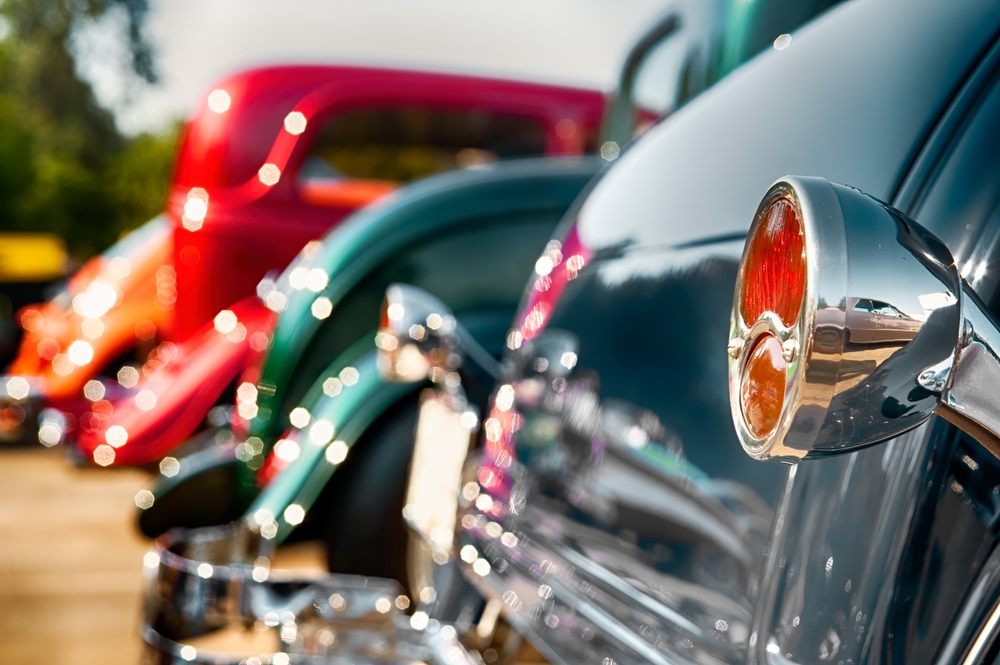The cultural revival of vintage cars in modern society
A growing fascination with vintage cars
Over the past decades, vintage cars have experienced a remarkable resurgence in popularity. What was once a niche interest limited to dedicated collectors has now become a cultural movement that spans across generations. The appeal lies not only in the craftsmanship and design of classic automobiles but also in the sense of nostalgia and history they carry. Unlike modern cars that are often seen as tools of efficiency, vintage cars embody a story, a legacy, and a connection to earlier eras of motoring.
Car shows, auctions, and specialized exhibitions have multiplied across the world, drawing thousands of visitors who are eager to see these machines in person. Events like the Pebble Beach Concours d’Elegance in the United States or the Goodwood Festival of Speed in the United Kingdom illustrate the global passion for automotive heritage. According to data from Wikipedia, the term vintage car generally refers to vehicles produced between 1919 and 1930, though enthusiasts often extend the definition to include classic and antique cars produced later.
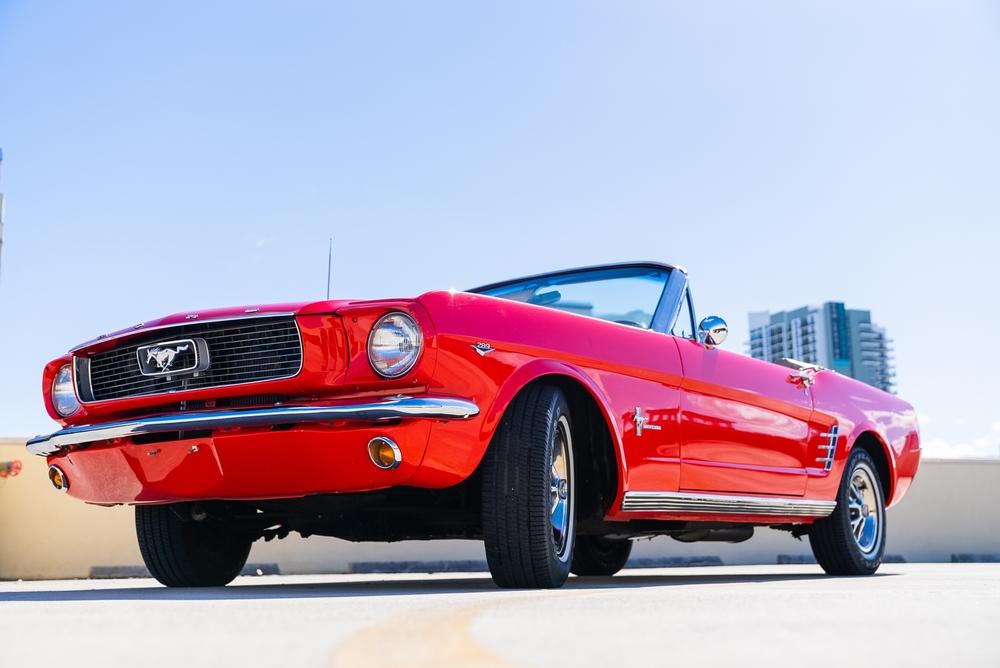
From niche collecting to mainstream culture
The cultural revival of vintage cars can be seen in how they have moved from private collections to mainstream visibility. Movies, television series, and advertisements frequently showcase classic cars as symbols of elegance, freedom, or rebellion. This media presence fuels further interest and reinforces the perception of vintage cars as cultural icons rather than outdated machines.
Younger generations, often assumed to prefer digital experiences over mechanical ones, have also embraced this revival. For many, vintage cars represent authenticity in a fast-paced, technology-driven world. The analog nature of older and iconic cars, where drivers must engage more directly with the mechanics, provides an experience that modern cars cannot replicate. This hands-on connection adds to their cultural value and creates a sense of individuality among owners and enthusiasts.
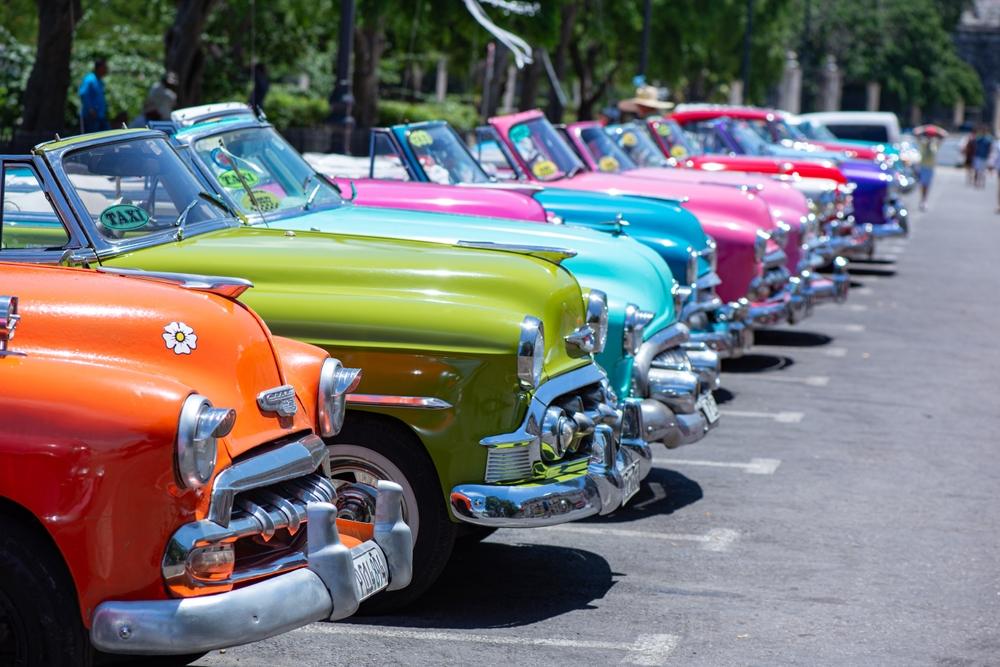
Economic impact and market growth
The renewed fascination with vintage cars has also been reflected in the economic market. Classic car auctions have reported record-breaking sales, with some rare models selling for tens of millions of dollars. A Ferrari 250 GTO, for example, has reached sales above 70 million USD, highlighting the increasing financial value attributed to these vehicles. According to Wikipedia, classic cars are not just recreational items but are now also seen as investment assets.
The growing demand has also created a strong aftermarket industry. Restoration businesses, specialized part suppliers, and custom workshops have expanded to meet the needs of collectors and hobbyists. In addition, vintage car clubs and online forums offer platforms for enthusiasts to connect, share knowledge, and preserve the automotive history collectively. This ecosystem supports both the economy and the cultural relevance of vintage cars.
How many vintage cars are being sold — and is it rising?
At public auctions alone, the annual volume of collector-car sales has surged dramatically in the last decade. Hagerty’s market team notes that while traditional in-person auctions historically offered about 25,000 vehicles per year, the blended online + live auction ecosystem sold 80,000+ cars in 2024—a step-change that illustrates how demand and transaction infrastructure have both expanded.
Zooming in by price tier helps quantify where most activity happens. classic.com’s 2024 review of the under-$40k segment—where nearly two-thirds of the whole market lives—shows over 48,000 vehicles sold in 2024 with online auctions accounting for roughly 70% of sales in that band. Monthly snapshots echo the depth of supply and demand: November 2024 alone saw 5,000+ cars change hands, with online platforms leading the way.
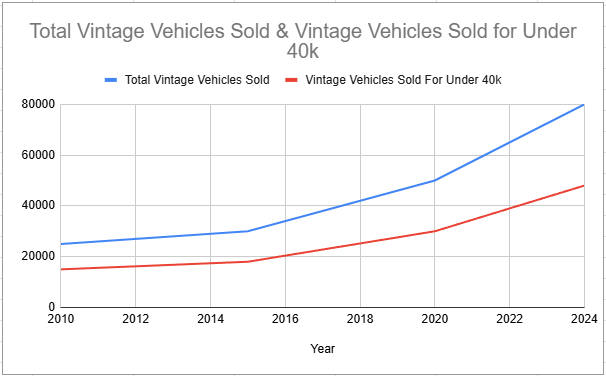
Which vintage car is most popular?
Popularity depends on how you measure it (search interest, insurance activity, auction lots, etc.). Using insurance activity—a practical proxy for real-world ownership and intent—Hagerty reports that the 1965 Ford Mustang remains the most popular classic car in America, with the 1966 Mustang close behind. That aligns with broader Hagerty demographics showing Mustangs among the most-insured classics across generations.
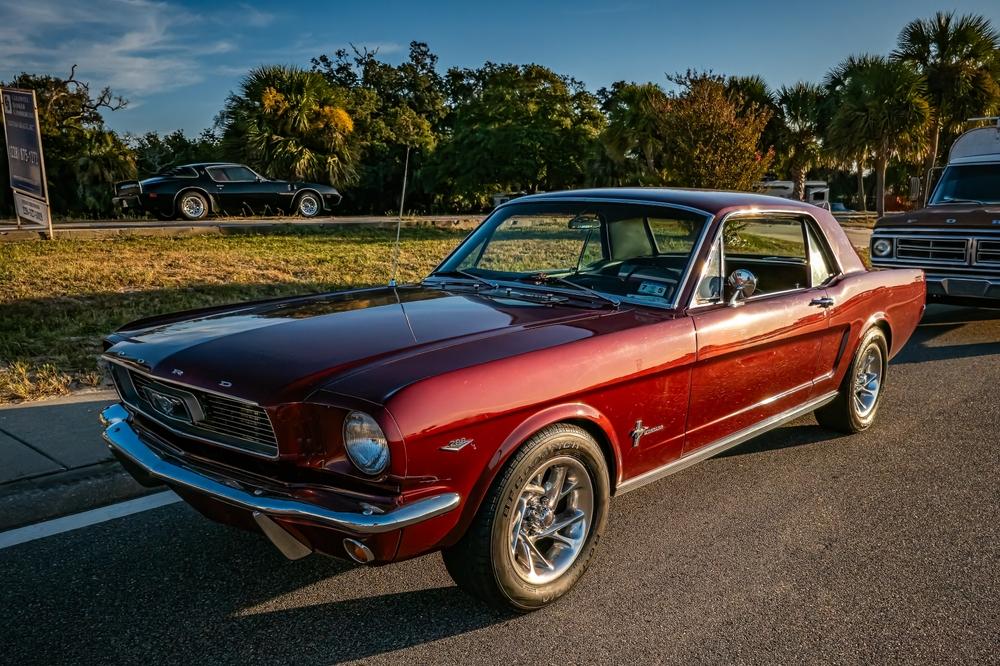
The future of vintage cars in a changing world
As the automotive industry moves towards electric mobility and sustainability, the role of vintage cars will continue to evolve. While they will never replace modern vehicles in daily transportation, their cultural value as historical objects will only increase. Some initiatives already explore ways to combine tradition with modern technology, such as converting classic cars into electric vehicles. This allows them to retain their heritage while adapting to contemporary environmental demands.
In a world where technology often moves faster than culture, vintage cars stand as reminders of craftsmanship, design, and human connection. Their revival is not only about preserving machines but about celebrating history, identity, and the stories they carry on four wheels.
Filled Under: Cars Posted on:
